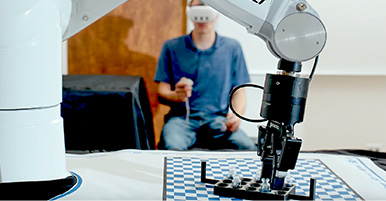Citation
Partridge, K.; Brdiczka, O.; Kay, J.; Kummerfeld, B.; Lukowicz, P. Workshop on hybrid pervasive/digital inference. International Conference on Pervasive Computing (PERVASIVE); 2011 June 12; San Francisco, CA.
Abstract
Two different lines of research have developed around the topic of making inferences from data. One line arises from the analysis of physical data captured directly by sensors of real-world behaviors. These data include streams of GPS and WiFi sensors, accelerometers, compasses, gyroscopes, audio, and video, which are often processed to infer location, motion, co-presence, and identity. Another line arises from data captured about online behaviors. These include email messages, web browsing histories, application traces, and keystroke loggers, online calendars, document repositories, tagging databases, and social networks. Analysis of online data sources is performed to infer topics of interest, retrieve information, and enhance collaboration. We see these two data stream types coming together in the near future. Smartphones have made it easy to collect physical data about people. Web 2.0 technologies have encouraged users to curate more information online. Together, these colliding trends will make inferences more accurate, more detailed, more “24×7” than ever before, and will make completely new kinds of inferences possible.


